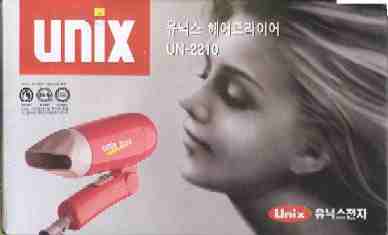

| Main index | Section 4 | Options |
device puc device uart
device scc device uart
In /boot/device.hints: hint.uart.0.disabled="1" hint.uart.0.baud="38400" hint.uart.0.port="0x3f8" hint.uart.0.flags="0x10"
With flags encoded as:
| 0x00010 | device is potential system console |
| 0x00080 | use this port for remote kernel debugging |
| 0x00100 | set RX FIFO trigger level to ``low'' (NS8250 only) |
| 0x00200 | set RX FIFO trigger level to ``medium low'' (NS8250 only) |
| 0x00400 | set RX FIFO trigger level to ``medium high'' (default, NS8250 only) |
| 0x00800 | set RX FIFO trigger level to ``high'' (NS8250 only) |
The uart driver has a modular design to allow it to be used on differing hardware and for various purposes. In the following sections the components are discussed in detail. Options are described in the section that covers the component to which each option applies.
The hw.uart.pps_mode tunable configures the PPS capture mode for all uart devices; it can be set in loader.conf(5). The dev.uart.0.pps_mode sysctl configures the PPS capture mode for a specific uart device; it can be set in loader.conf(5) or sysctl.conf(5).
The following capture modes are available:
| 0x00 | Capture disabled. |
| 0x01 | Capture pulses on the CTS line. |
| 0x02 | Capture pulses on the DCD line. |
The following values may be ORed with the capture mode to configure capture processing options:
| 0x10 | Invert the pulse (RS-232 logic low = ASSERT, high = CLEAR). |
| 0x20 | Attempt to capture narrow pulses. |
Add the narrow pulse option when the incoming PPS pulse width is small enough to prevent reliable capture in normal mode. In narrow mode the driver uses the hardware's ability to latch a line state change; not all hardware has this capability. The hardware latch provides a reliable indication that a pulse occurred, but prevents distinguishing between the CLEAR and ASSERT edges of the pulse. For each detected pulse, the driver synthesizes both an ASSERT and a CLEAR event, using the same timestamp for each. To prevent spurious events when the hardware is intermittently able to see both edges of a pulse, the driver will not generate a new pair of events within a half second of the prior pair. Both normal and narrow pulse modes work with ntpd(8).
Add the invert option when the connection to the uart device uses TTL level signals, or when the PPS source emits inverted pulses. RFC 2783 defines an ASSERT event as a higher-voltage line level, and a CLEAR event as a lower-voltage line level, in the context of the RS-232 protocol. The modem control signals on a TTL-level connection are typically inverted from the RS-232 levels. For example, carrier presence is indicated by a high signal on an RS-232 DCD line, and by a low signal on a TTL DCD line. This is due to the use of inverting line driver buffers to convert between TTL and RS-232 line levels in most hardware designs. Generally speaking, a connection to a DB-9 style connector is an RS-232 level signal at up to 12 volts. A connection to header pins or an edge-connector on an embedded board is typically a TTL signal at 3.3 or 5 volts.
The lock termios state acts as flags to disable changing the termios state. E.g., to lock a flag variable such as CRTSCTS, use stty crtscts on the lock-state device. Speeds and special characters may be locked by setting the corresponding value in the lock-state device to any nonzero value. E.g., to lock a speed to 115200, use "stty 115200" on the initial-state device and "stty 1" on the lock-state device.
Correct programs talking to correctly wired external devices work with almost arbitrary initial states and almost no locking, but other setups may benefit from changing some of the default initial state and locking the state. In particular, the initial states for non (POSIX) standard flags should be set to suit the devices attached and may need to be locked to prevent buggy programs from changing them. E.g., CRTSCTS should be locked on for devices that support RTS/CTS handshaking at all times and off for devices that do not support it at all. CLOCAL should be locked on for devices that do not support carrier. HUPCL may be locked off if you do not want to hang up for some reason. In general, very bad things happen if something is locked to the wrong state, and things should not be locked for devices that support more than one setting. The CLOCAL flag on callin ports should be locked off for logins to avoid certain security holes, but this needs to be done by getty if the callin port is used for anything else.
| /dev/ttyu? | for callin ports |
| /dev/ttyu?.init
/dev/ttyu?.lock | |
|
corresponding callin initial-state and lock-state devices
| |
| /dev/cuau? | for callout ports |
| /dev/cuau?.init
/dev/cuau?.lock | |
| corresponding callout initial-state and lock-state devices | |
| UART (4) | April 26, 2017 |

| Main index | Section 4 | Options |
Please direct any comments about this manual page service to Ben Bullock. Privacy policy.
